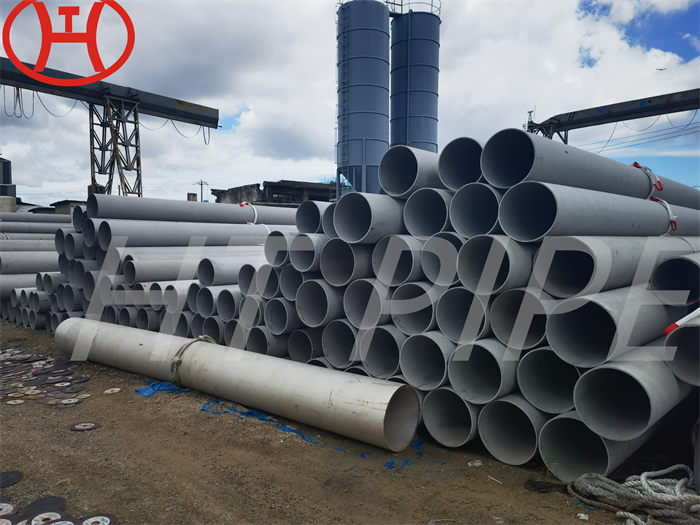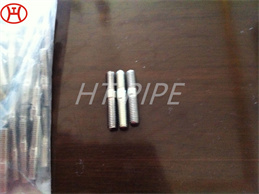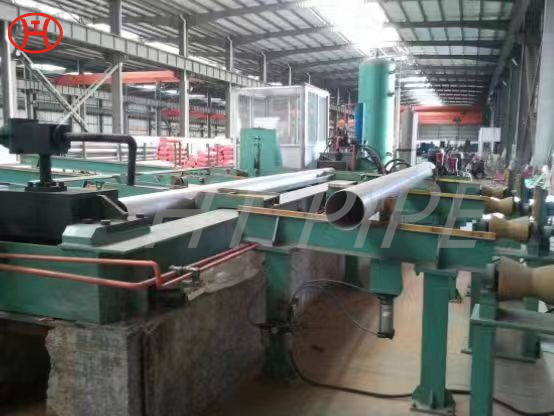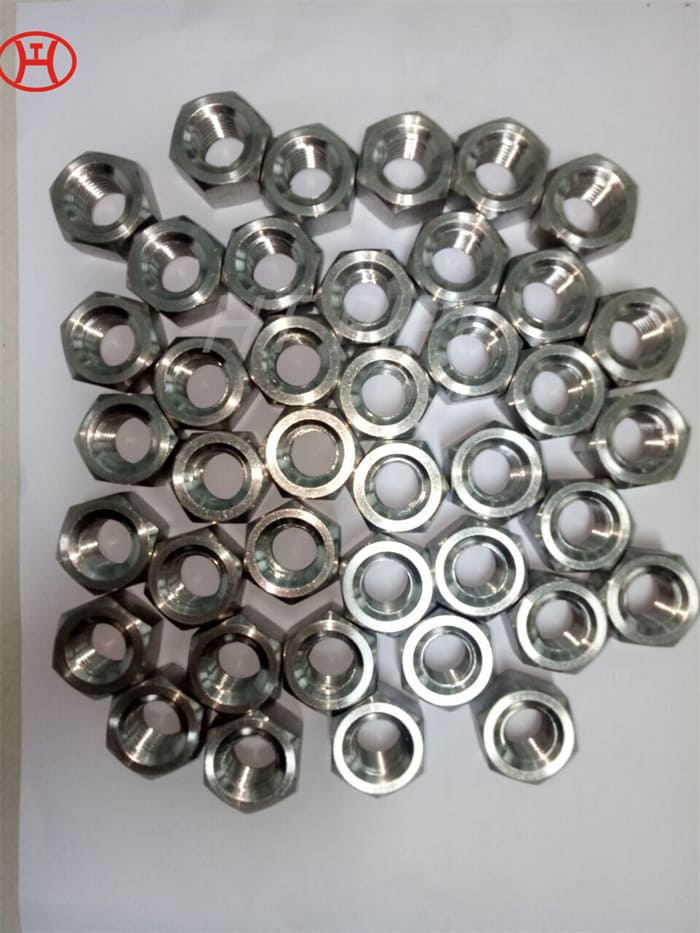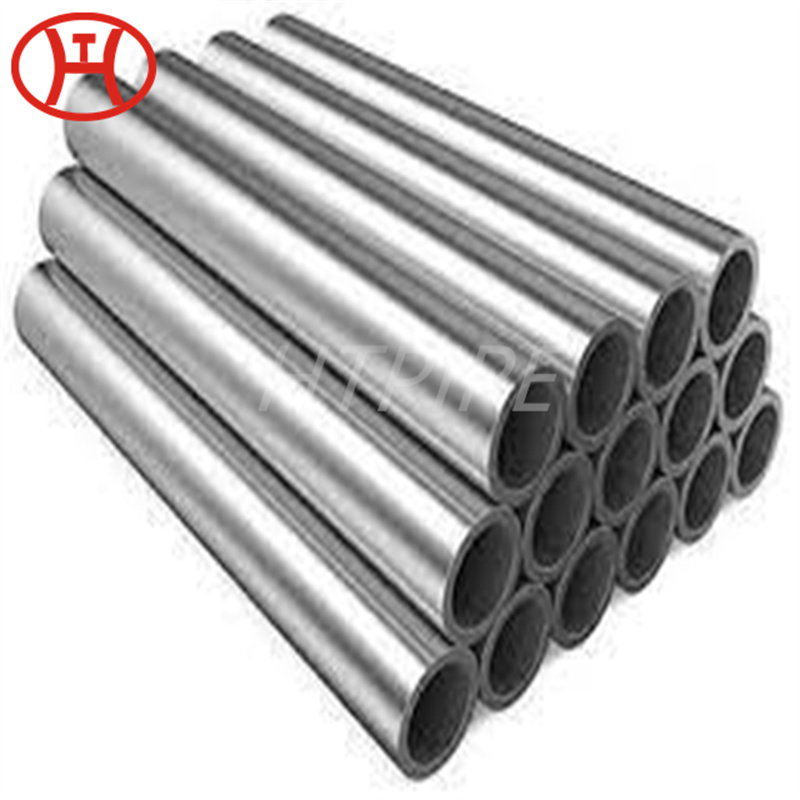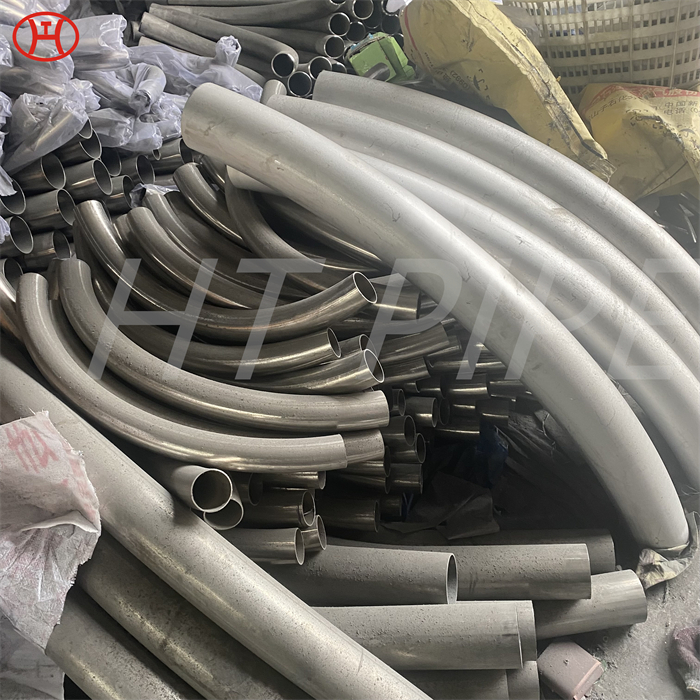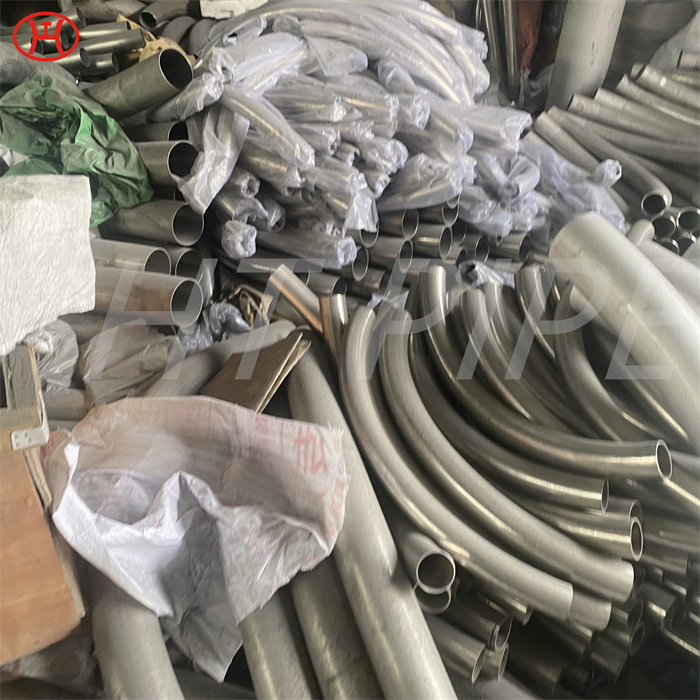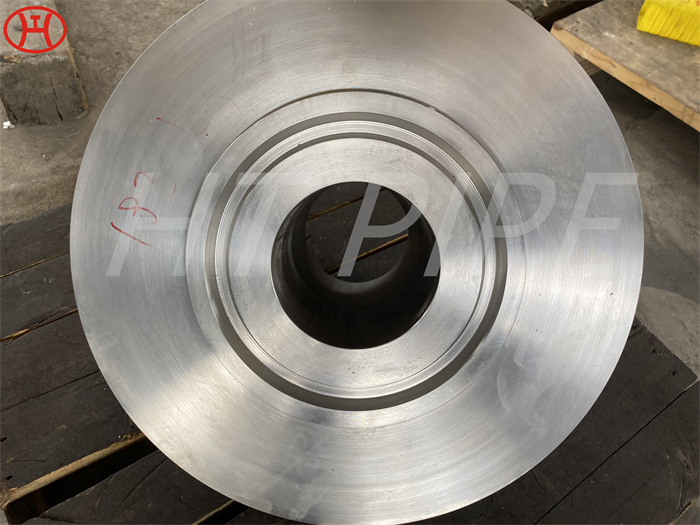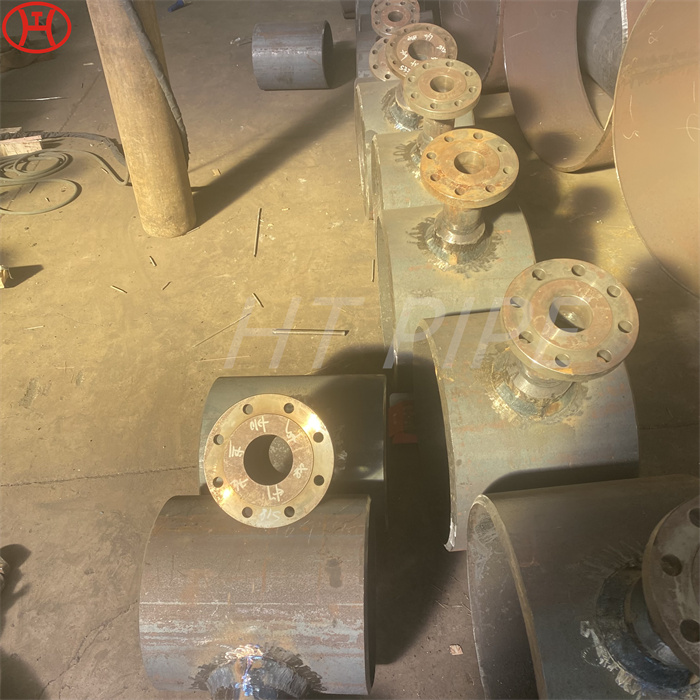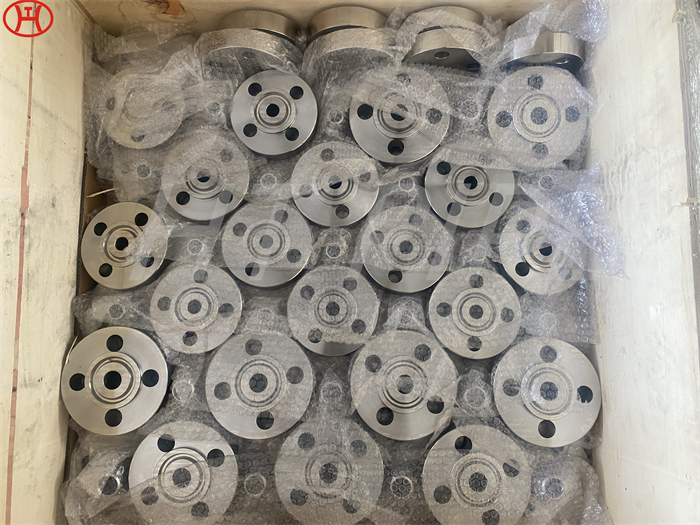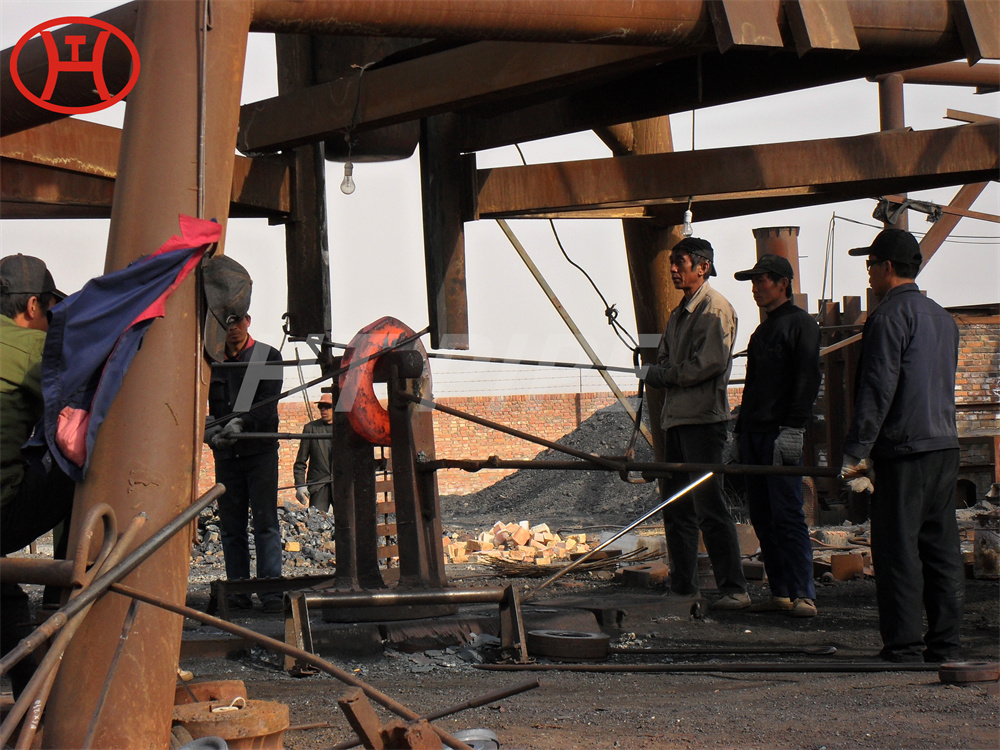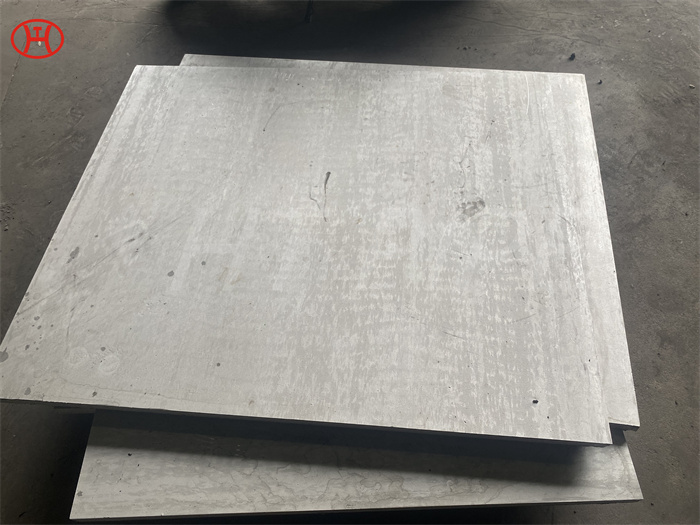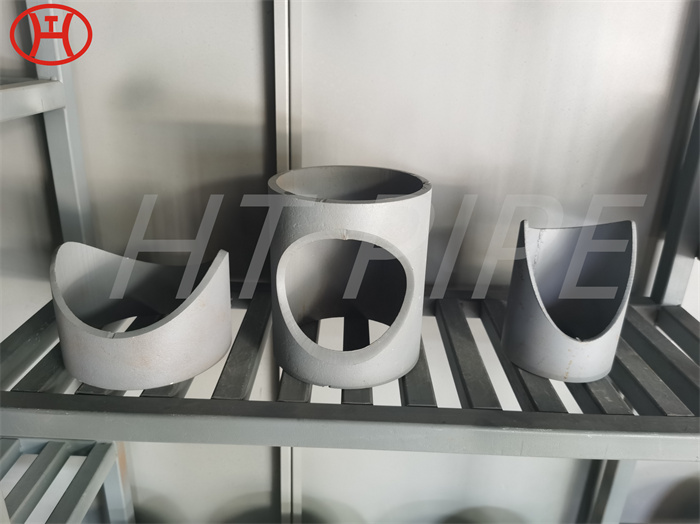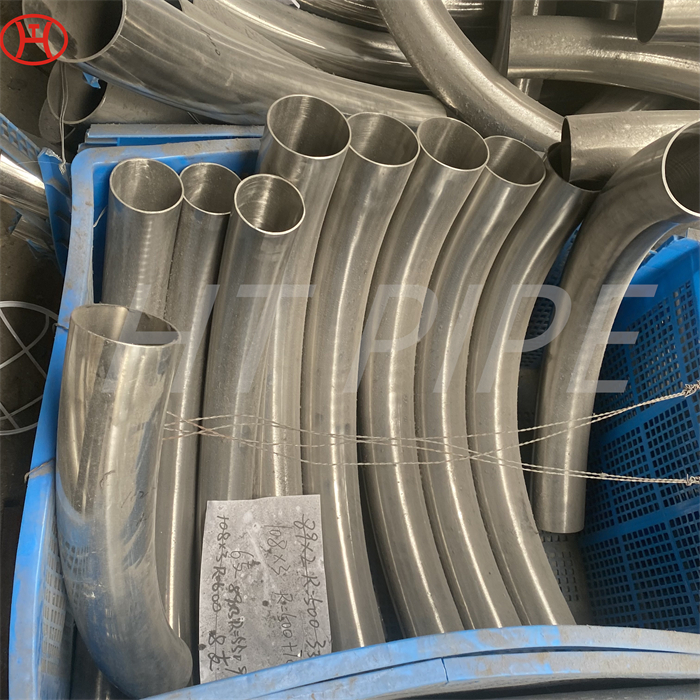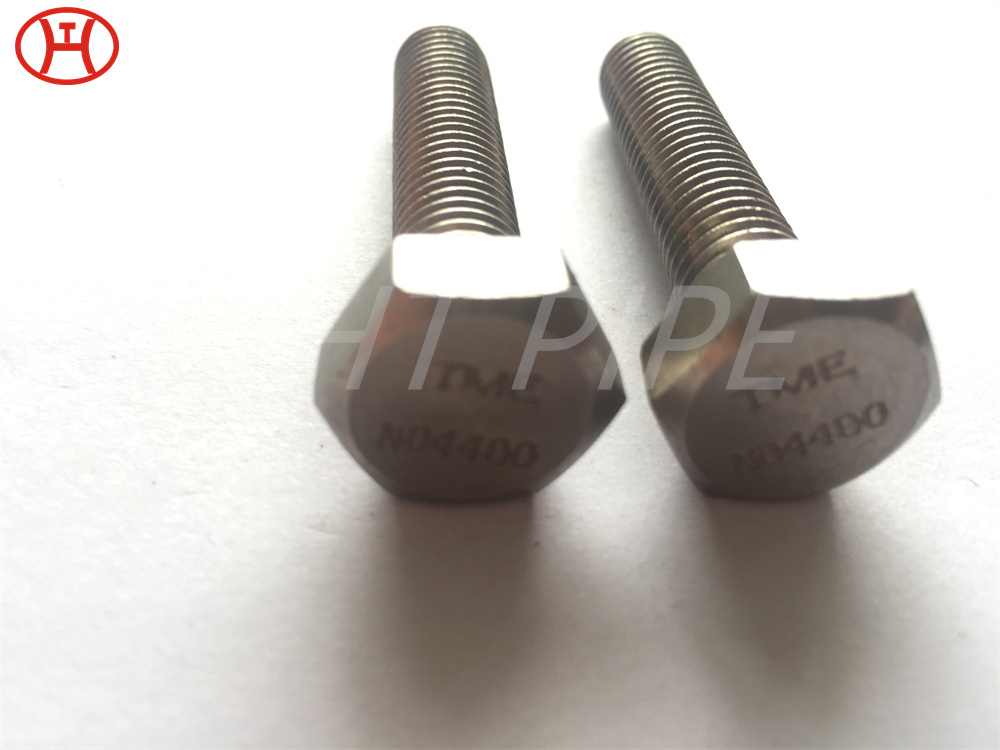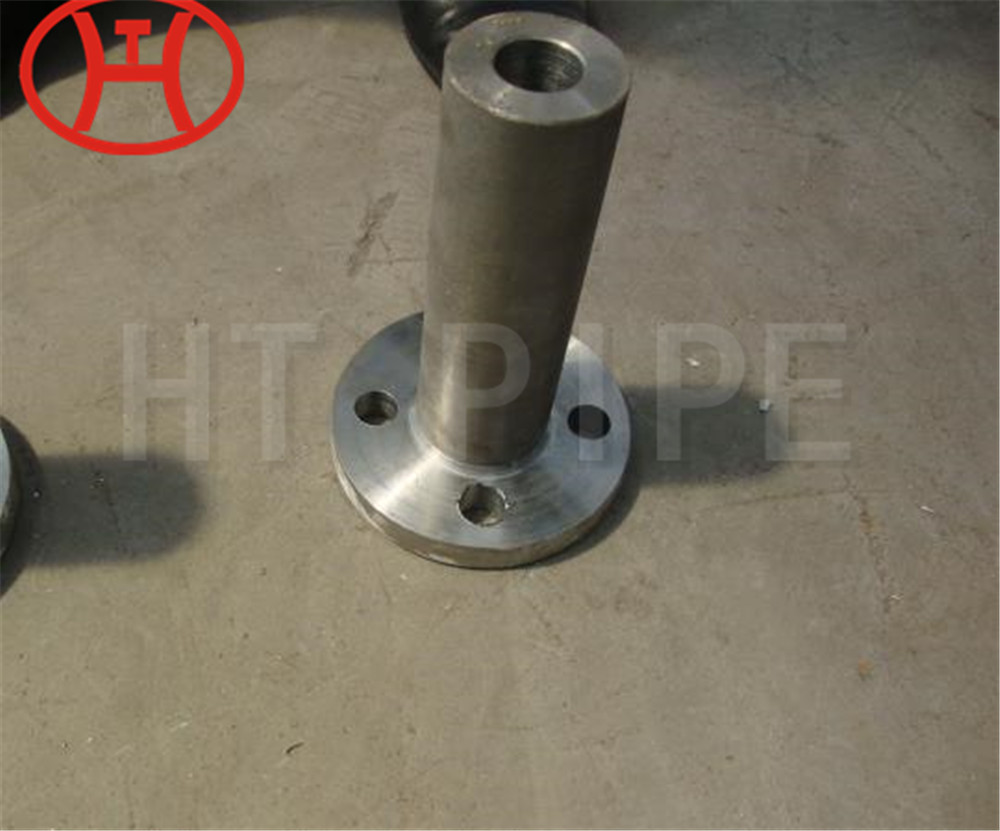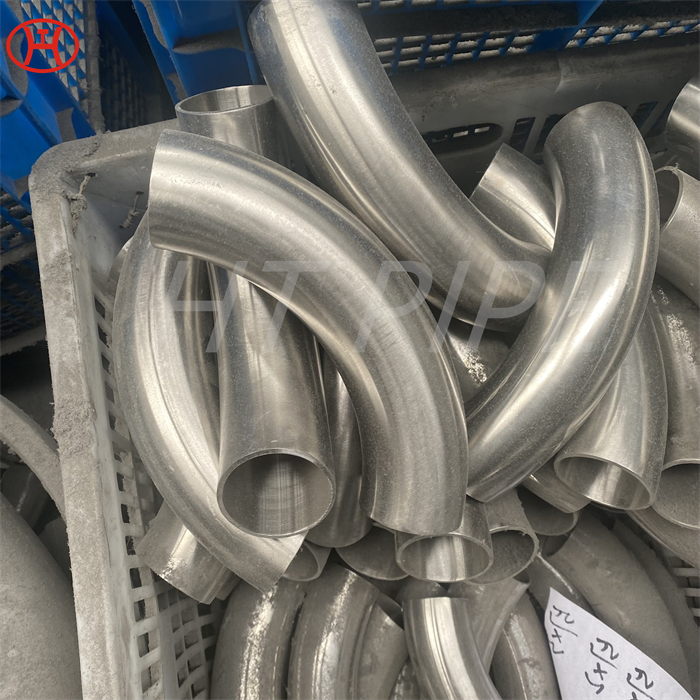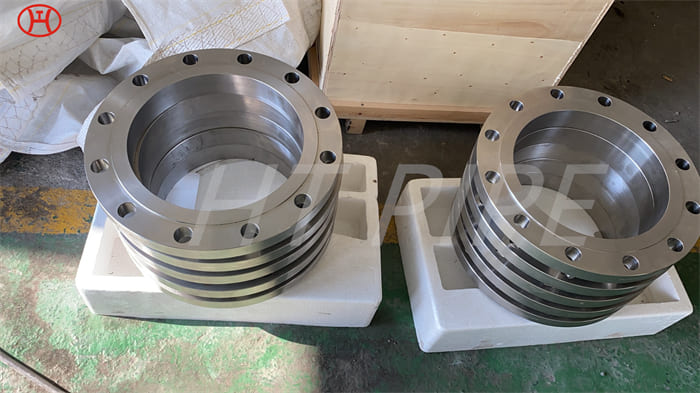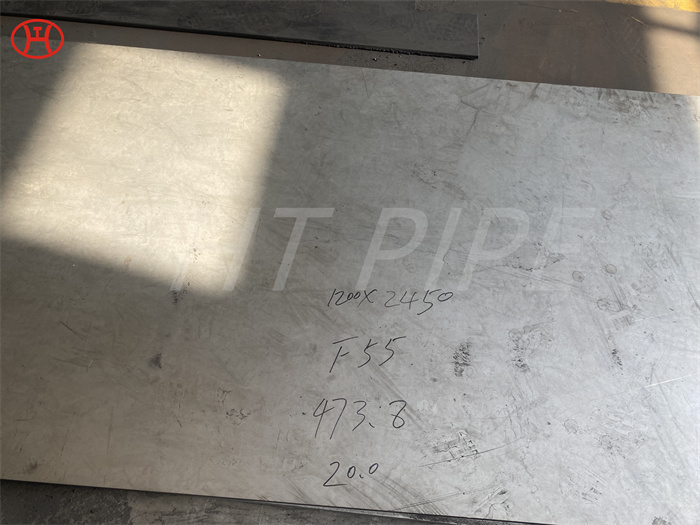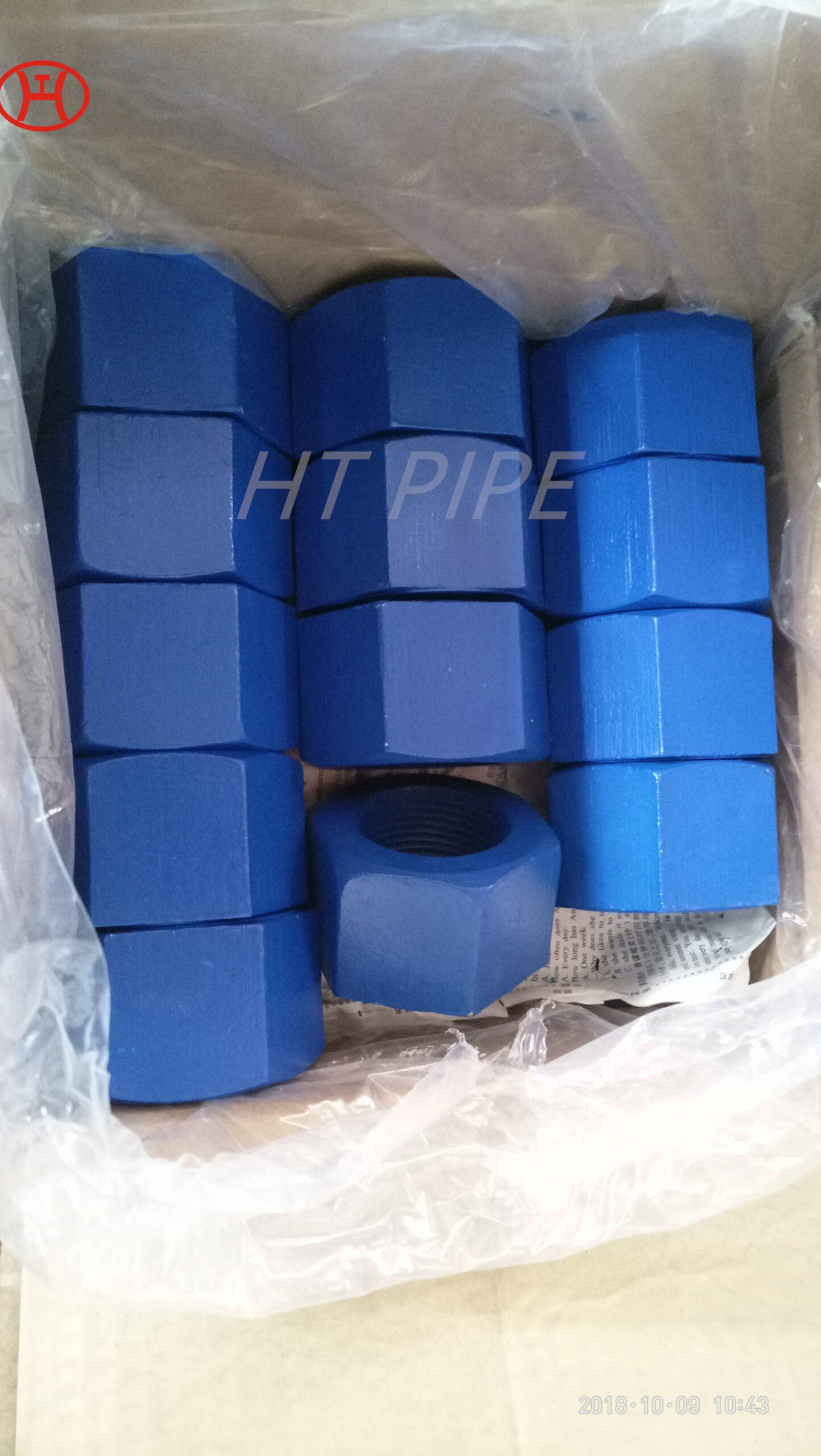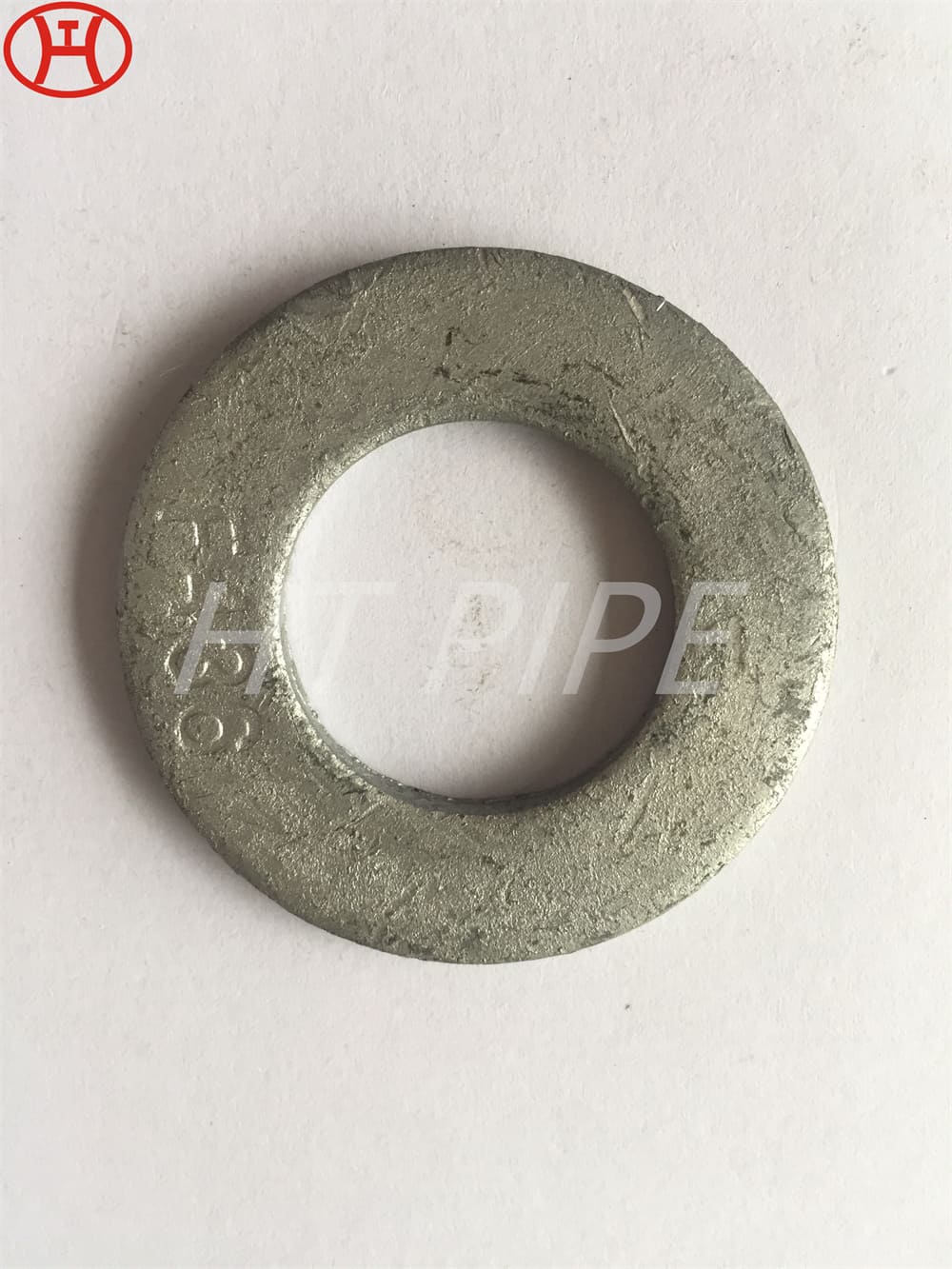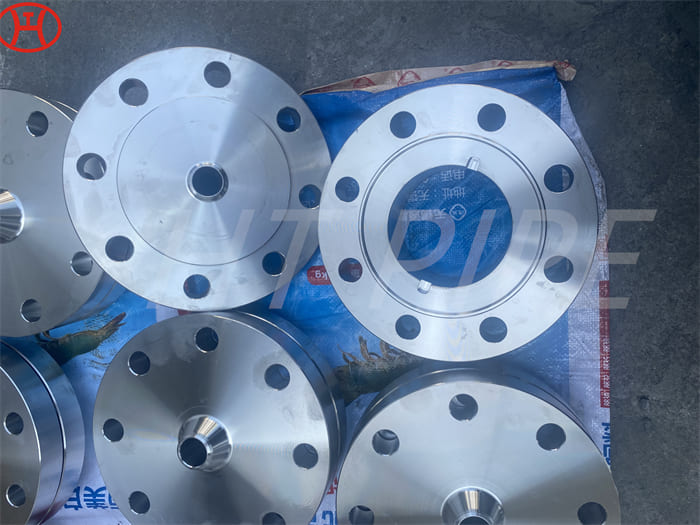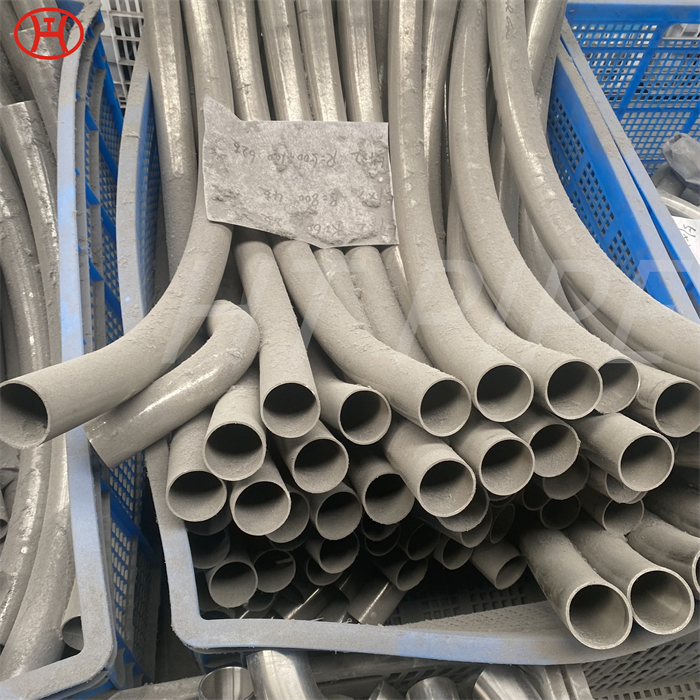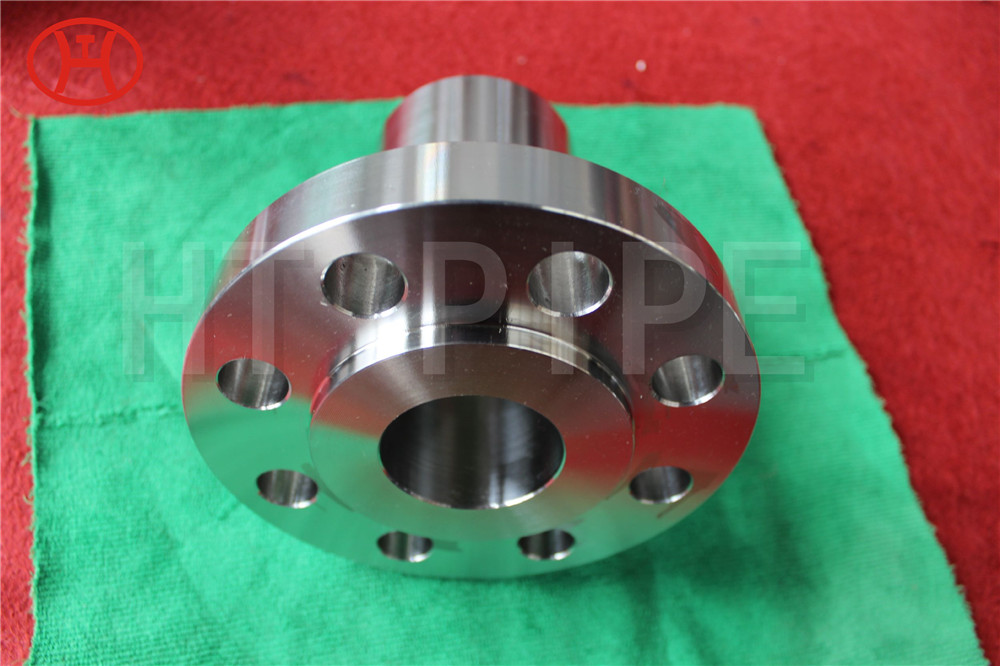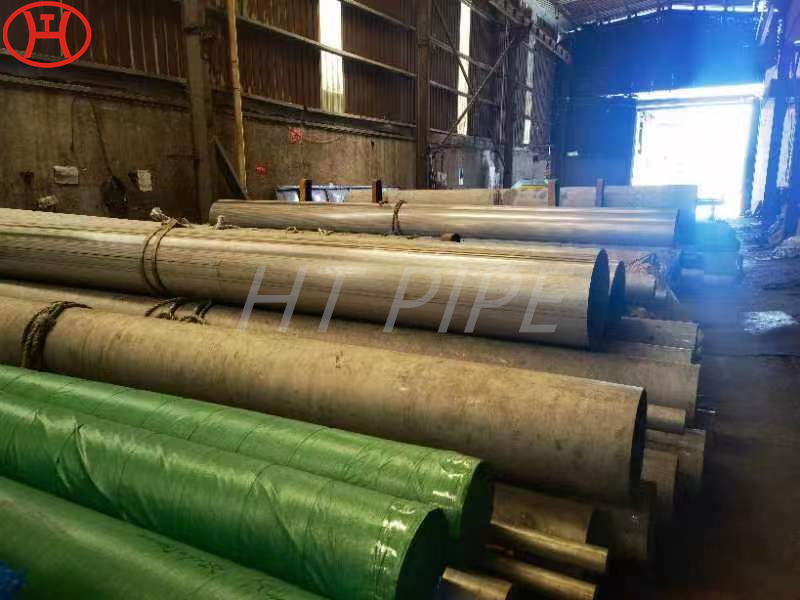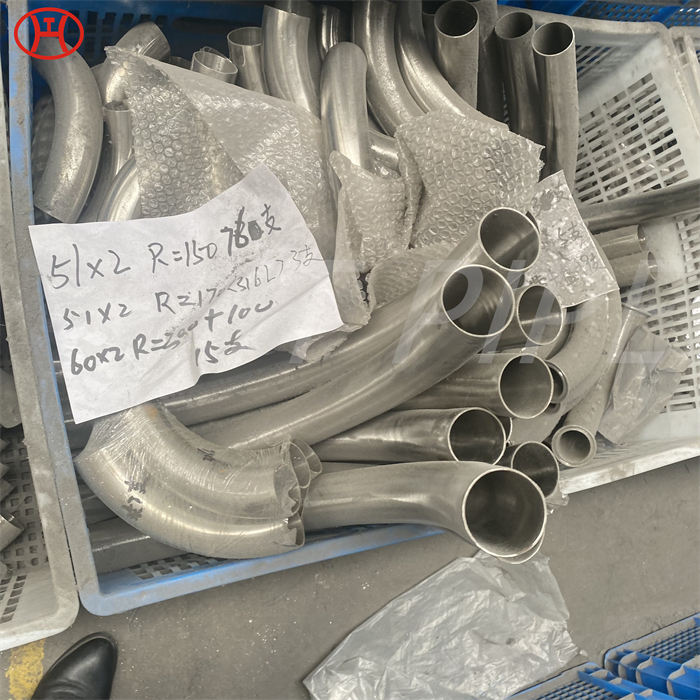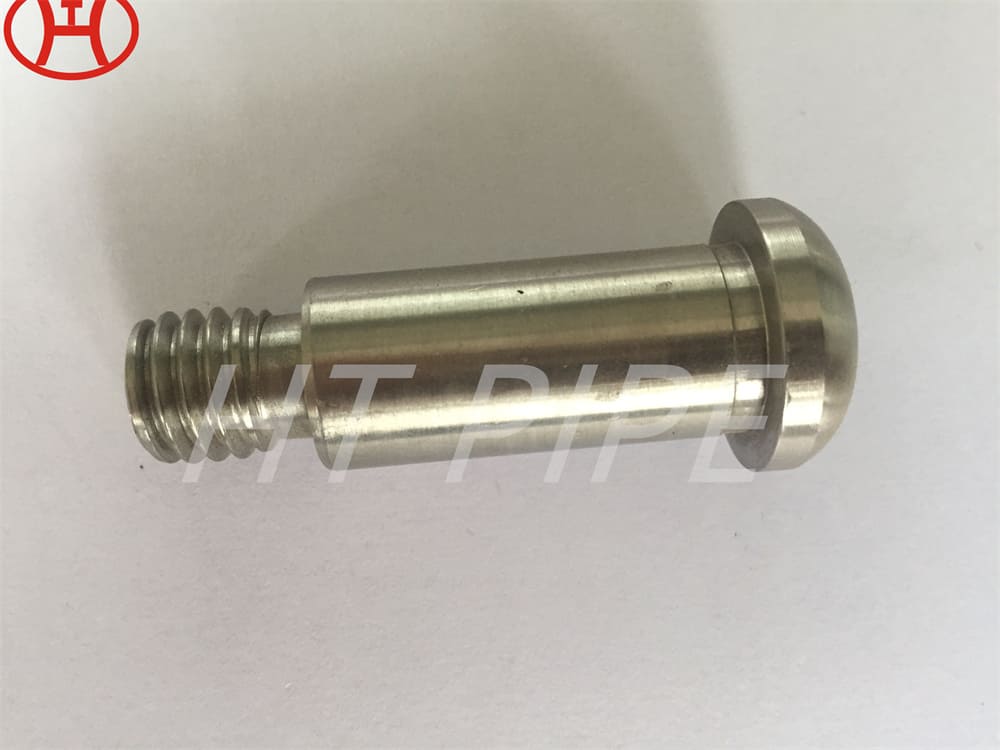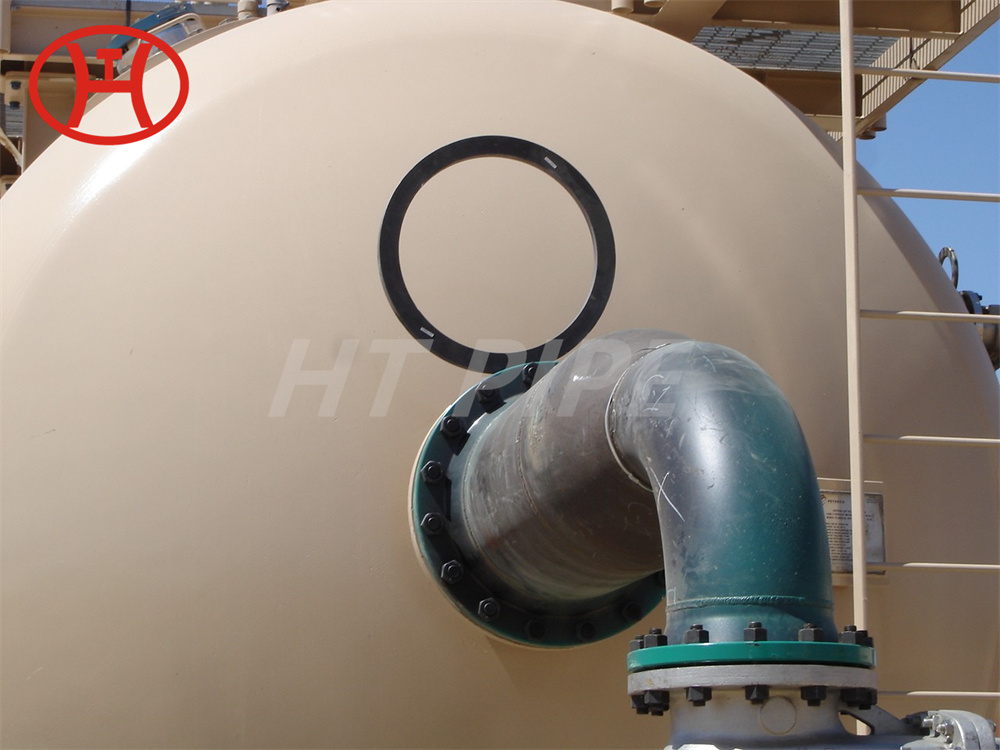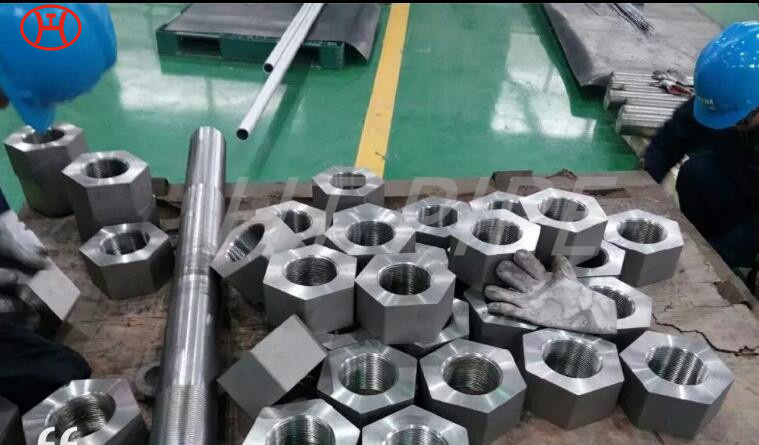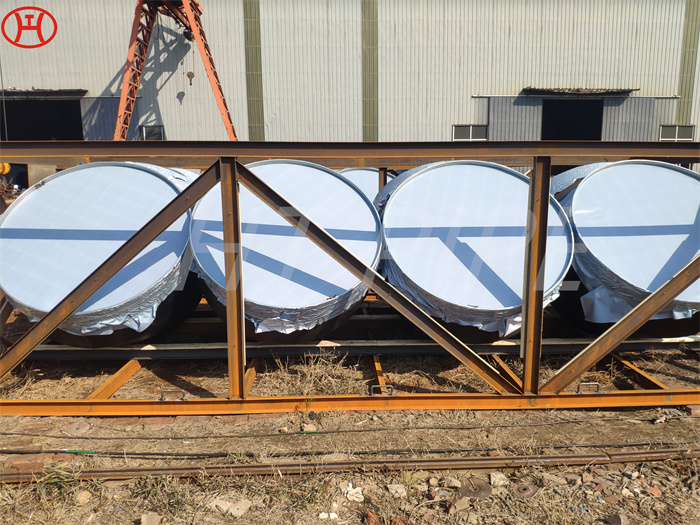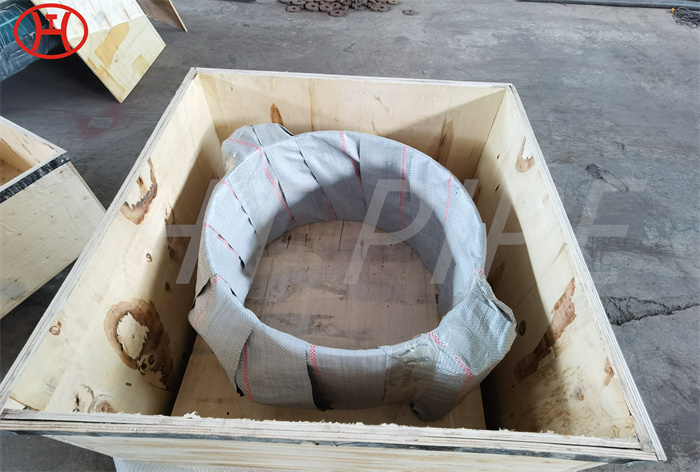Hastelloy B2 pipes with the ability to resist corrosion in a wide range of temperatures and concentrations
Alloy B2 should not be used at temperatures between 1000¡ãF and 1600¡ãF as the alloy forms secondary phases that could decrease the ductility of the material.
The product to the buyer is supplied at the comprehensive range that vary in sizes, thickness, length, ends etc. The pipes to the buyers are supplied at market leading rates. Hastelloy B2 is also known as UNS N10665 that is corrosion resistant and solid solution molybdenum-nickel alloy. This alloy is exhibiting good corrosion resistance at aggressive reducing media like hydrochloric acid that range of concentrations and temperatures and in medium-concentrated sulphuric acid and with limited chloride contamination. This nickel steel alloy (UNS N010665 Welded Pipes) should not be used at temperatures between 1000¡ã F and 1B2¡ã F because of a reduction in the ductility in the alloy. Also referred as WNR 2.4617 Welded Pipe, we provide these types of alloys in all material grades, specifications and sizes.

